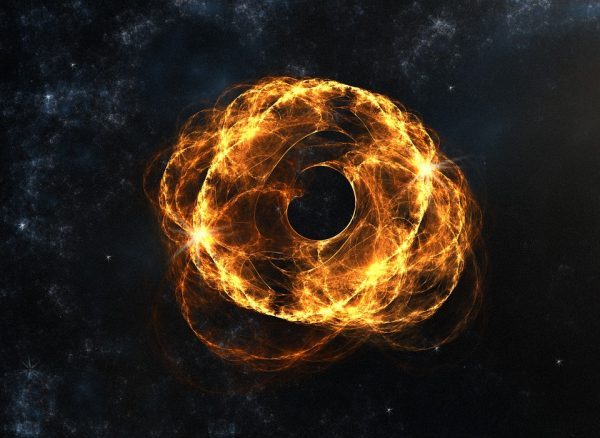
You’ve managed to travel tens of thousands of light-years beyond the solar system. Bravely facing the depths of the great interstellar voids, you’ve witnessed some of the most achingly beautiful and outrageously powerful events in the universe, from the births of new solar systems to the cataclysmic deaths of massive stars.
And now for your swan song, you’re going big: you’re about to take a dip into the inky blackness of a giant black hole and see what’s on the other side of that enigmatic event horizon. What will you find inside? Read on, brave explorer.
First, we need to clear up some definitions. There are many kinds of black holes: some big ones, some small ones, some with electric charges, some without, and some with rapid rotations and others more sedentary. For the purposes of our adventure in this particular tale, I’m going to stick to the simplest possible scenario: a giant black hole with no electric charge and no spin whatsoever. Of course this is decidedly unrealistic, but it’s still a fun story with plenty of cool physics to unpack. We can save a more realistic trip for another visit (assuming we’ll survive this hypothetical journey into a black hole, which of course we won’t).


